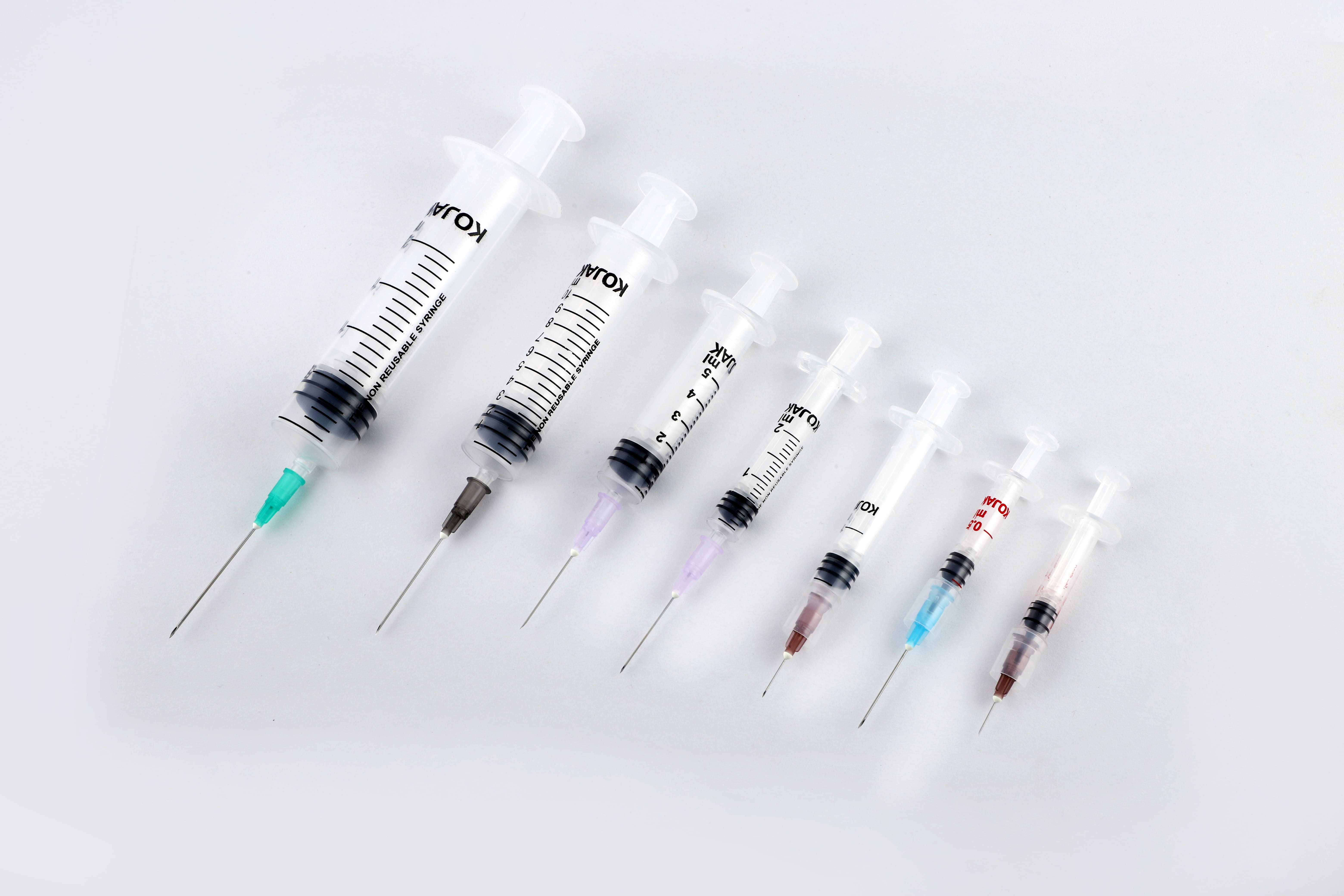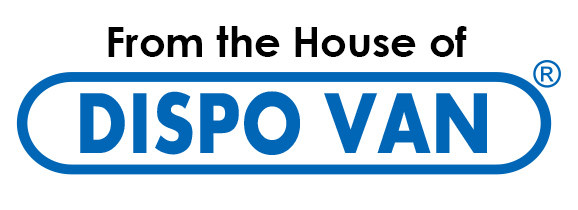

There are several occasions when an individual is prescribed drugs that need to be self-administered at home. These include medication like insulin. When injecting oneself or a patient, there are several important things to be kept in mind such as the correct technique to administer the injection as well as using the right needle and syringe size. The knowledge of the right needle and syringe size is especially useful, given that there are different types of needles and syringes for meeting different purposes.
Before coming to why it is so important to choose the appropriate needle and syringe size, it is essential to understand how needle and syringe sizes differ and what those differences mean.
Syringe Size
Syringes vary based on the volume of liquid they can hold. Syringe capacity is measured in millilitres (ml) for liquid volume and cubic centimetres (cc) for the volume of solids. These are marked on the barrel of the syringe. The appropriate syringe size for an individual depends on the dose or volume of the prescribed medication and desired pressure flow. Larger syringe sizes are required in case of large quantities of medication and a need for lower pressure flows.
Needle Size
There are two aspects to syringe needle sizes – needle gauge and needle size.
Gauge refers to the thinness of the needle. The higher is the gauge, the finer will be the needle. If a small amount of medication is required, a thin, high-gauge needle will cause less pain. If a larger amount of medication is required, a wide low-gauge needle is bound to be faster and more effective in delivering the injection.
The needle length depends on the patient’s size or weight as well as where the needle must be inserted. For instance, a child and a smaller individual would need a shorter needle than a bigger one. Subcutaneous injections that go into the fatty tissue just below the skin typically necessitate smaller and shorter needles eg: 26G, while intramuscular injections eg: 23G call for thicker and longer needles.
Why Choosing the Correct Syringe & Needle Size Matter
As mentioned above, the size of the syringe is largely determined by the amount of medication prescribed. For instance, if only ml of a drug is required, the syringe must be able to hold approximately ml itself. Using a bigger or smaller syringe will lead to an inaccurate dosage. To illustrate, insulin syringe sizes differ from one another and each syringe is meant to deliver a different dose of insulin.
A wide needle with a lower gauge is suitable for administering a high viscosity medication. A fine gauge or higher gauge needle, on the other hand, causes less pain and is better for low-viscosity medication.
As mentioned, the site of the injection is the most important determinant of the needle length. This assumes further relevance when it comes to diabetic patients. It must be noted that Insulin must be injected into the fatty layer of tissue just below the skin to ensure its absorption and manage the patient’s blood glucose levels. Long needles tend to increase the risk of injecting medication into the muscle and of causing pain, bruising, and bleeding. Short and small needles only go into the fatty tissue, reducing the risk of injecting medication into the muscle.
Conclusion
In recent years, many diabetics who need to take daily insulin shots have switched to insulin pens as they are simpler, more convenient, and accurate than a vial and syringe. One of the most superior pen needles, the Dispovan single-use pen needle has especially been designed to deliver insulin quickly, accurately, and without discomfort. With a universal fit design, this lubricated and thin-walled needle is compatible with all Insulin Pens, making sure patients no longer have to worry about the correct insulin syringe needle size.
Apart from insulin pens, some diabetics also prefer using the Dispo van insulin syringes. The uniquely designed syringes are manufactured keeping in mind the highest quality standards. The siliconised syringes ensure that the patients experience minimum pain when administering an insulin dose. The syringes are available in 3 different sizes with clear markings to ensure accurate dosage among users.

